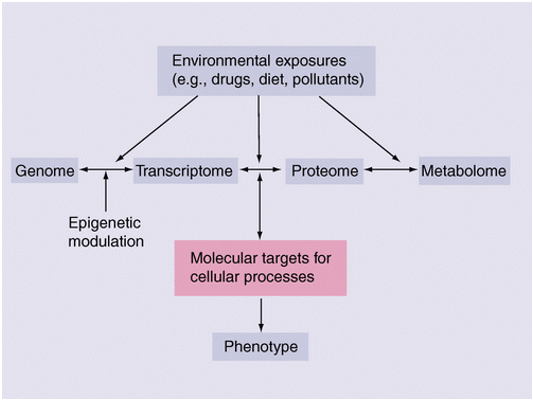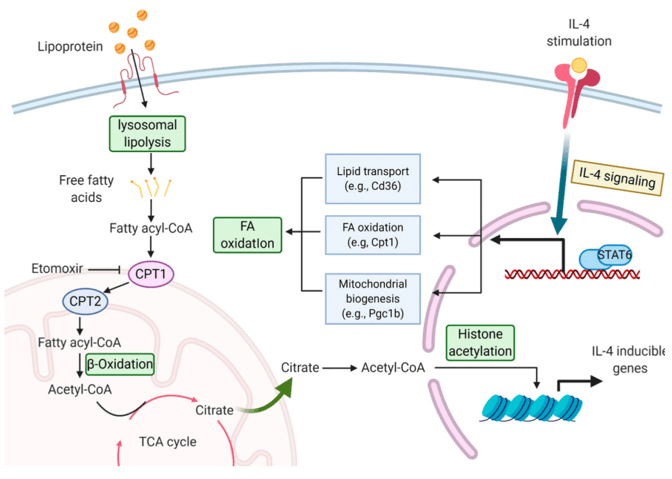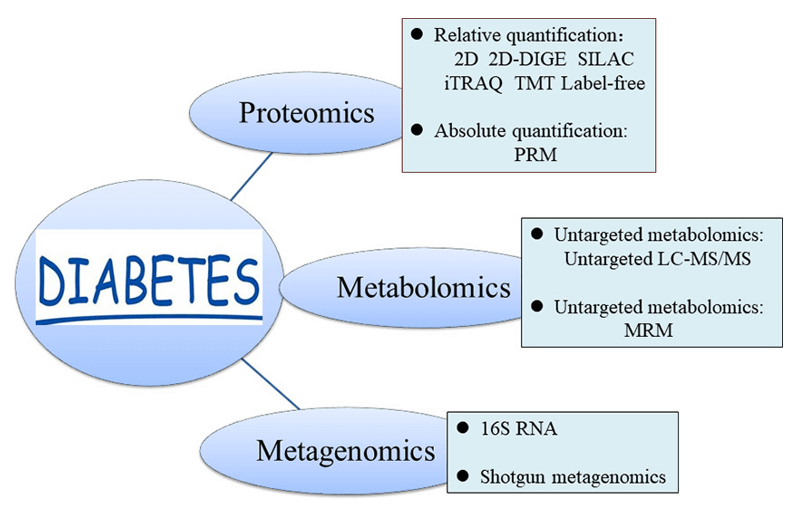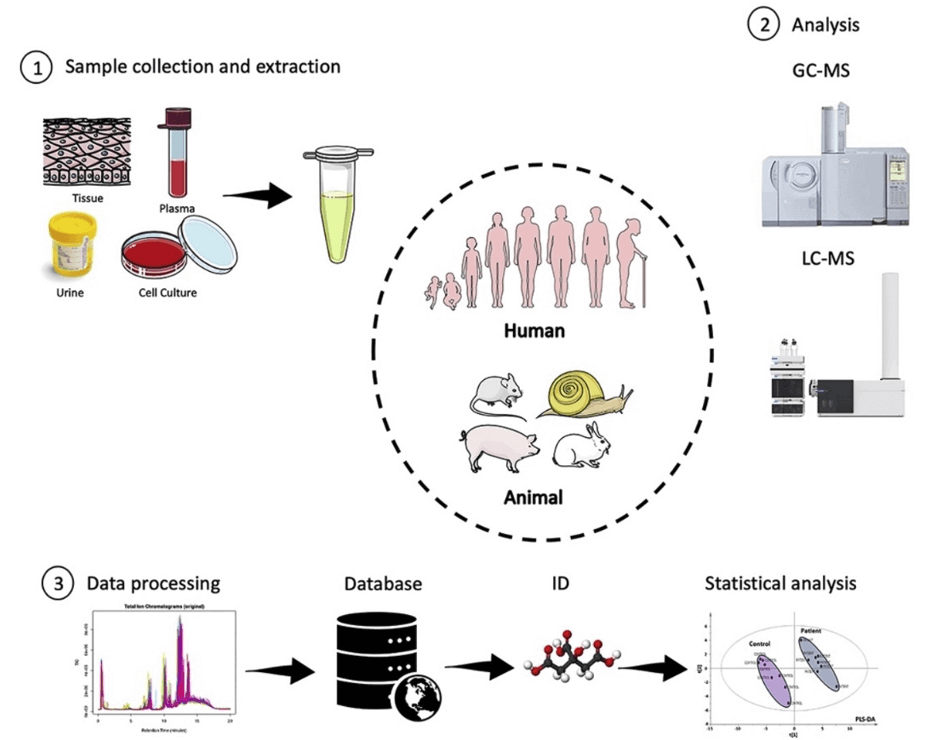1,3-bisphosphoglyceric Acid Analysis Service
Submit Your InquiryWhat is 1,3-bisphosphoglyceric Acid?
The organic molecule, 1,3-bisphosphoglyceric acid (1,3-BPG), having the chemical formula C3H7O10P2, holds great significance as a high-energy intermediate in glycolysis. This metabolic pathway, responsible for breaking down glucose into energy, employs 1,3-BPG during the conversion of glyceraldehyde 3-phosphate to 1,3-BPG, a process facilitated by the enzyme glyceraldehyde 3-phosphate dehydrogenase. The formation of 1,3-BPG also results in the production of NADH, a molecule that carries electrons and actively participates in energy production.
The critical role played by 1,3-BPG in human physiology is evident as it takes part in the production of ATP, the energy-providing molecule for cells. Through a series of reactions, 1,3-BPG undergoes conversion to ATP, and the energy released during this process powers a range of cellular activities, including muscle contraction, cell division, and protein synthesis.
1,3-BPG's involvement in regulating oxygen delivery to tissues is another vital aspect. Hemoglobin, responsible for carrying oxygen in the blood, exhibits a high affinity for 1,3-BPG, implying that it binds to 1,3-BPG and releases oxygen in tissues that require it the most, such as muscles during exercise. Notably, in conditions where oxygen availability is scarce, such as high altitude, 1,3-BPG levels increase, leading to enhanced oxygen delivery to tissues.
Apart from its contribution to glycolysis, 1,3-BPG is also actively involved in other metabolic processes. For instance, it acts as a precursor to 2,3-bisphosphoglycerate (2,3-BPG), another critical molecule in red blood cells. 2,3-BPG binds to hemoglobin and stabilizes its structure, enabling it to release oxygen more easily. Furthermore, 1,3-BPG is instrumental in the production of phosphoenolpyruvate, a molecule of immense importance in the biosynthesis of amino acids and other vital compounds.
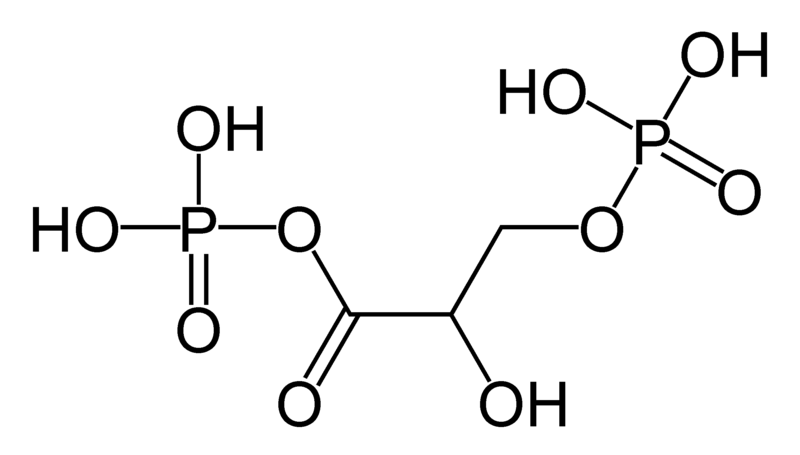 Molecular structure of 1,3-bisphosphoglyceric acid
Molecular structure of 1,3-bisphosphoglyceric acid
Creative Proteomics is a professional biotechnology company that provides comprehensive analysis services for 1,3-bisphosphoglyceric acid. Our analytical methods are highly sensitive and accurate, capable of detecting 1,3-bisphosphoglyceric acid levels as low as micrograms per sample. Our technical team has extensive experience and expertise and can provide customized analysis services according to the client's needs. In addition, our analysis reports are detailed and accurate, providing clients with a comprehensive understanding of 1,3-bisphosphoglyceric acid levels and other relevant information in their samples.
Technical Route of Targeted Metabolomics of 1,3-bisphosphoglyceric Acid

Analytical Procedure for 1,3-BPG using HPLC-MS
- Add the 1,3-BPG sample into an appropriate extraction solvent, such as methanol or chloroform, and sonicate to dissolve and extract it.
- Separate the organic phase suspended on the top using a centrifuge, and further concentrate it to the desired volume.
- Inject the sample into an HPLC system and separate it using an appropriate column and mobile phase.
- For the separation of 1,3-BPG, anion exchange column or hydrophobic column can be used.
- After separation, detect the specific mass-to-charge ratio (m/z) value to determine the presence and concentration of 1,3-BPG.
Sample Requirements for 1,3-bisphosphoglyceric Acid Assay
Sample Type: The sample can be a biological tissue or fluid that contains 1,3-bisphosphoglyceric acid. Examples of sample types include cell lysates, tissue homogenates, blood plasma, serum, or urine.
Sample Collection: Follow appropriate sample collection protocols, including using sterile techniques and suitable collection tubes or containers.
Sample Preparation: Depending on the sample type, different preparation methods may be required. For cell lysates or tissue homogenates, the sample needs to be properly lysed or homogenized to release the intracellular contents. This can be achieved using techniques such as freeze-thaw cycles, sonication, or enzymatic digestion.
Sample Storage: Generally, samples should be stored at low temperatures (-80°C or lower) to minimize degradation. If immediate analysis is not possible, aliquot the samples into suitable containers to avoid repeated freeze-thaw cycles.
Feedback to Customers
Creative Proteomics will provide you with detailed technical reports, including
- Experimental steps
- Related mass spectrometry parameters
- Part of the mass spectrum picture
- Raw data
- Metabolic molecular identification results
Creative Proteomics offers several approaches to metabolomics studies, delivers precise and detailed data and analysis report. We can also customize the methods or establish new methods together with our collaborators, so they are fit-for-purpose and meet your specific needs. If you have any questions or specific requirements, please feel free to contact us.
References
- Riera-Borrull M, Rodríguez-Gallego E, Hernández-Aguilera A, et al. Exploring the process of energy generation in pathophysiology by targeted metabolomics: performance of a simple and quantitative method. Journal of the American Society for Mass Spectrometry, 2015, 27(1): 168-177.
- Kim M J, Lee M Y, Shon J C, et al. Untargeted and targeted metabolomics analyses of blackberries – Understanding postharvest red drupelet disorder. Food Chemistry, 2019, 300:125169.
- Wang X, Zhao X, Zhao J, et al. Serum metabolite signatures of epithelial ovarian cancer based on targeted metabolomics. Clinica Chimica Acta, 2021, 518: 59-69.




